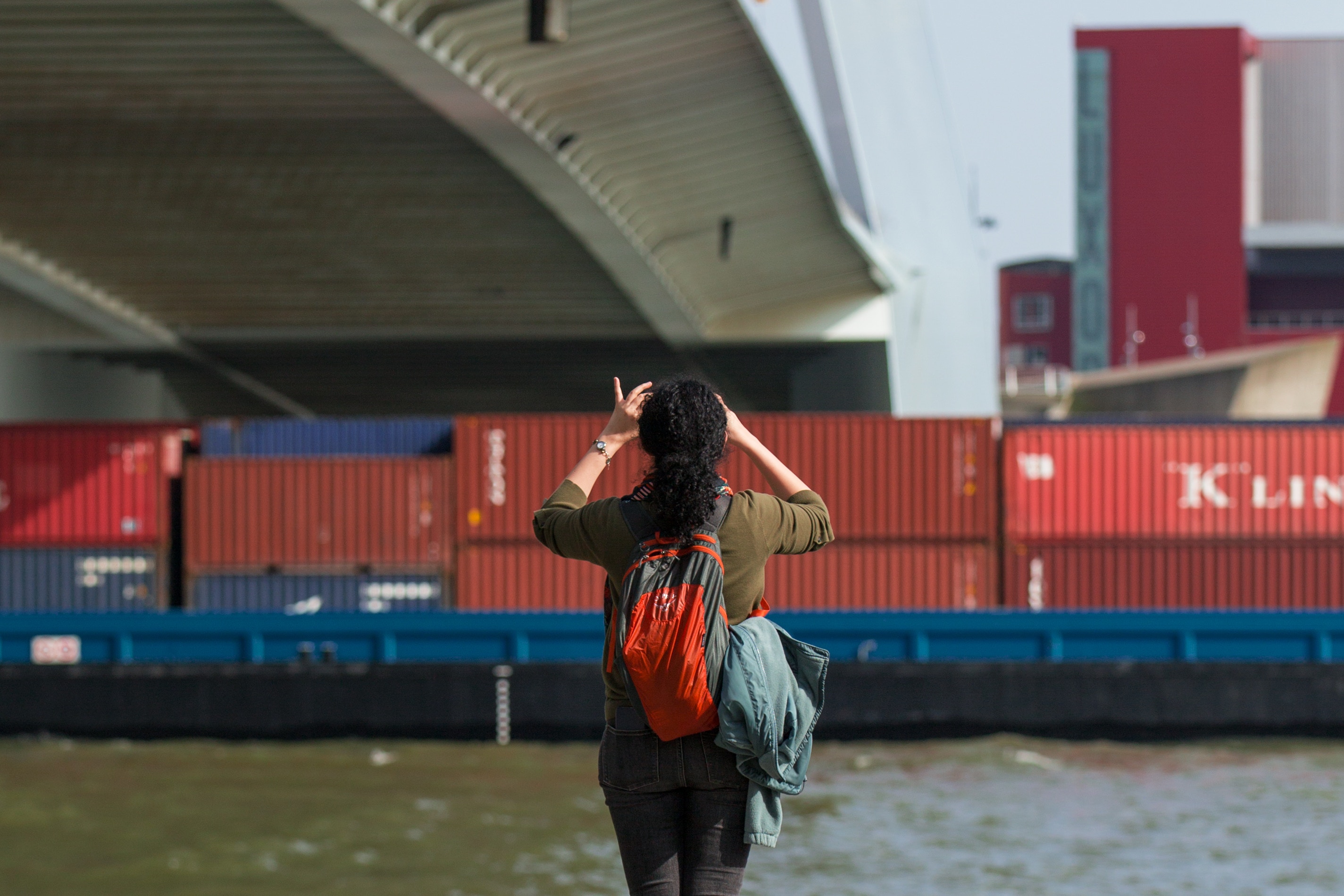Scientists at Chalmers Industrial Technology and VTI, with the support of CargoSpace24, LogTrade, and nine other major actors in the industry, will try to find a smart way to solve the dilemma that occurs when delivery trucks are forced to drive with “air” as their cargo.
Why do 20% of delivery trucks rolling along the roads of Sweden run empty or with vastly under-used cargo space? And what can be done to fix this?
The questions above are difficult to get a steady and systematic grip on because the transport industry is multi-faceted, but if successful, the gain would be monumental.
“It will mean increased efficiency, reduced CO2 emissions, increased income for the transport industry, and reduced shipping costs for the goods owners.”
“It will mean increased efficiency, reduced CO2 emissions, increased income for the transport industry, and reduced shipping costs for goods owners,” explains Liljestrand.
Liljestrand is the research leader on the project and among other things, she has previously developed effective tools for eliminating food waste in the food supply chain.
Read more: Food Waste is a Matter of Logistics
Construction, Recycling, and Retailing

The scope is broad while at the same time carefully limited.
“To come up with solutions to the problem, we are going to carry out case studies on the flow of goods within three different industries. The industries in question are the wholesale and retail industry, the recycling industry, and the construction industry,” says Liljestrand, and she explains that they have chosen these “gigantic industries” for different reasons.
The construction industry, for example, receives domestic shipments containing a total of 29 million tons of goods every year. After delivery, the trucks are often completely empty on the return drive.
“The construction industry, for example, receives domestic shipments containing a total of 29 million tons of goods every year. After delivery, the trucks are often completely empty on the return drive.”
Every Little Thing Helps

“This research project will try to come up with solutions to realize the so-called efficiency potential. This means, among other things, that we want to develop tools that can help solve the system-level overcapacity,” explains Liljestrand.
For the results to show on a macro level, each carrier on the micro level must have access to a tool or system that enables it to eliminate the existing overcapacity.
“Exactly what this solution or tool is going to look like and on which interface it will and should be found, of course, remains to be seen. It could end up being some form of application.”
“Creating a system that can measure fill rates in real-time would be a dream. And it IS possible.”
“Creating a system that can measure fill rates in real-time would be a dream. And it IS possible,” stresses Liljestrand.
“Especially now that we have the support of innovative and knowledgeable industry actors that understand how to handle large amounts of shipping data,” she adds.
--- --- ---
FACTS
- The title of the research project is Utilizing the Existing Overcapacity in the Transportation System for Increased Energy Efficiency
- The main financier is the Swedish Energy Agency
- Other participants and financiers are CargoSpace24, JM, Lidl, LogTrade, NCC, Peab, Sweboat Service, Sveriges Åkeriföretag, and Veolia
- The research project will last for two years. LogTrade will report on the progress here on our blog.
Read more about Liljestrand’s research here: Like Money Spilling from the Back of the Truck.




